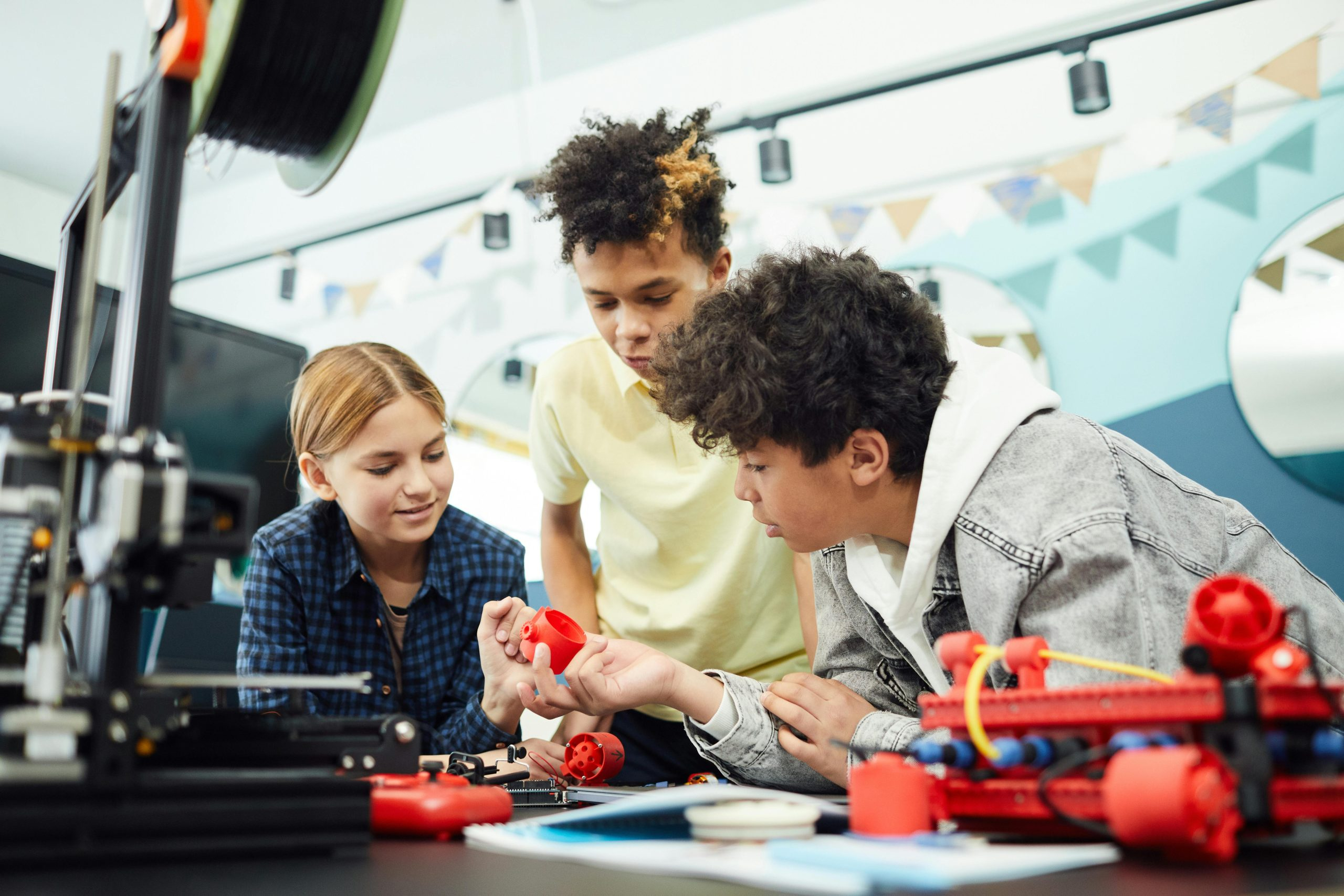How Virtual Reality Transforms Traditional Science Education Experiences
The world of education is constantly evolving, with technology playing a major role in shaping the way students learn and engage with academic content. Virtual reality (VR) is one such technology that is revolutionizing traditional science education experiences. With VR, students can now explore and interact with scientific concepts in a way that was previously unimaginable. This level of immersion and interactivity has been found to greatly enhance learning and retention. In this article, we will delve into the various ways in which virtual reality is transforming traditional science education experiences.
The Rise of Virtual Reality in Education
The rise of virtual reality in education has been meteoric, with institutions and educators recognizing its potential to improve teaching and learning experiences. This technology has become more accessible and affordable, making it easier for schools to incorporate it into their curricula. While VR was initially limited to the gaming industry, it has now found its way into various fields, including education.
One of the primary advantages of virtual reality in education is its ability to create immersive and engaging learning experiences. With VR, students are transported to a three-dimensional environment that simulates real-life scenarios. This level of immersion makes learning more memorable and impactful, as students can physically interact with the virtual environment.
Furthermore, virtual reality allows for a personalized learning experience. With traditional science education, students are limited to textbooks and static images. This can often be a one-size-fits-all approach that may not cater to the individual needs and learning styles of each student. With VR, students can explore scientific concepts at their own pace and in a way that best suits their learning style.
Transforming Traditional Science Education Experiences
Simulations and Experiments
Virtual reality simulations and experiments have become an integral part of science education. These simulations allow students to explore and conduct experiments in a virtual laboratory, providing a safe and cost-effective alternative to traditional hands-on experiments. With VR, students can also participate in simulations that would otherwise be impossible or dangerous to conduct in a traditional classroom setting. This allows for a deeper understanding and exploration of scientific concepts.
Field Trips
Field trips are an essential part of science education, providing students with firsthand experiences and observations. However, logistical constraints and budget limitations often limit the number of field trips schools can organize. Virtual reality has made it possible for students to embark on virtual field trips to places they may not have access to, such as the bottom of the ocean or outer space. This opens up a whole new world of learning opportunities for students, making science more exciting and engaging.
Visualizing Abstract Concepts
Science can often be a difficult subject for students, with abstract concepts that can be challenging to visualize. With virtual reality, students can now immerse themselves in abstract and complex scientific concepts, making them easier to understand. For example, students can take a journey through the human body to understand how the organs function or explore the vastness of the universe to learn about the solar system.
The Future of Science Education with Virtual Reality
The potential applications of virtual reality in science education are endless, and the technology is continuously evolving. As the technology advances, we can expect to see even more immersive experiences that will greatly enhance traditional science education. Virtual reality has the power to inspire and ignite a passion for science in students, making it a vital tool in preparing the next generation of scientists, researchers, and innovators.
In conclusion, virtual reality is transforming traditional science education experiences in remarkable ways. It offers endless possibilities for hands-on learning, personalization, and visualization of abstract concepts. As educators continue to embrace this technology, we can expect to see a significant shift in the way science is taught and learned, paving the way for a more engaging and effective way of education.










